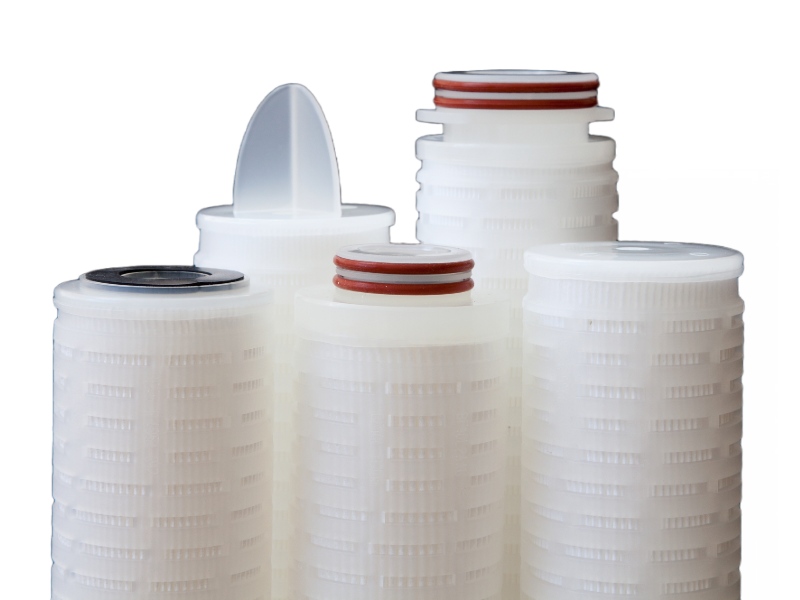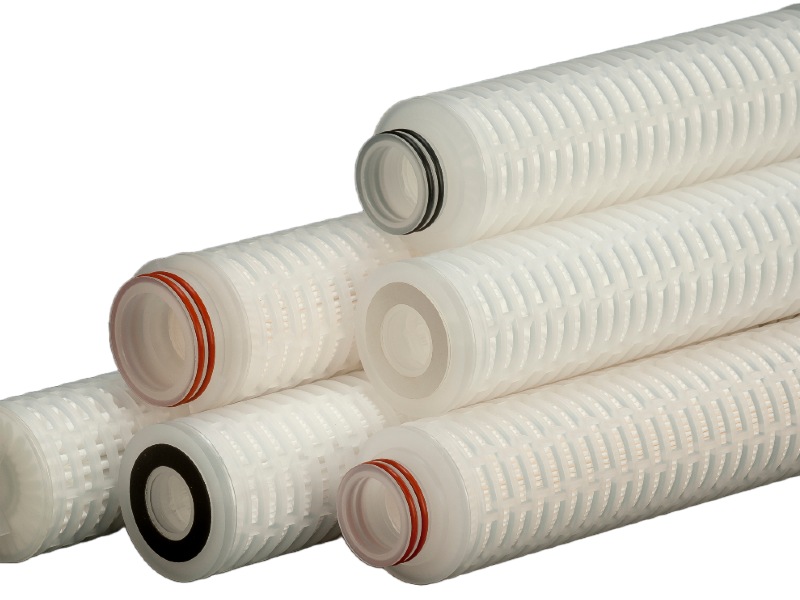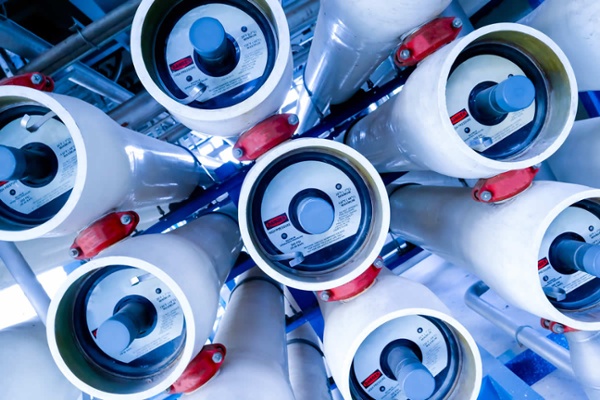Common User Mistakes Impacting Cartridge Filtration Performance
In the world of cartridge filtration, the end user plays a crucial role in ensuring the optimal performance of their filtration systems. However, some common mistakes can inadvertently lead to issues with cartridge filters.
Let's explore these mishaps and the lessons learned ... prevention is always better than the cure!
-
Installation Procedures Oversight
When filters are installed it is recommended that the bags that the filters arrive in are cut off at the bottom end cap end first, and remain on while the filter is installed, so that the filter is kept clean during installation.
A not uncommon situation is that after installation, customers report no flow and often assume that the filters are faulty. However, more often than not, the customer has simply forgotten to remove the bags from the filters and hence when the housing bowl has been closed, filled and vented, the flow is, of course, blocked by the bags that haven’t been removed. -
Seeking Greater Flow, Overlooking Filter System Integrity
A true story! A customer complained because there was contamination in their mineral water bottles. The assumption being that the membrane cartridges were obviously not doing their job!
Down on the manufacturing floor, we inspected the filter housings to see if we could identify the issue. We found one housing where we had condensation from the top of the bowl to about halfway down. So, we took a look inside …
What we found was a 5-round housing with only 3 cartridges fitted. Therefore, water could flow straight through without passing through the filter cartridges, hence causing the problem the customer had complained about. There were a few red faces from the manufacturing team!
-
New filters don’t give extra life. In fact, their service life is far less
This happens quite often in trials where filters are evaluated against one another in parallel, but the flow through each branch is not checked. The new cartridge with the better flow – differential pressure becomes the path of least resistance and the flow splits 60:40 or 70:30 and even more, which means the new filter is working far harder than the existing one.
This is easily sorted by adjusting valving on the line with the new filter to ensure flow is 50:50. Then you can get a fair comparison.
-
Housing Mismatch for Application
Often we will see an application where the customer is using membrane filters but has installed them in an industrial housing. This can cause issues with the cartridges sealing correctly, and the design of most industrial housings has dead spots where microorganisms can thrive. This leads to downstream contamination issues.
The appropriate solution is to use the correct housing for the application and where membranes are in use, then definitely a sanitary-hygienic housing design is necessary. Where that might not be possible due to budget restrictions, it is best not to try this halfway solution but wait until you have the budget to do it correctly.
-
Incompatible Prefilter Choice
Commonly seen in compressed air and fermenter applications where the filter supplier doesn’t have a good understanding of the application from a gas perspective. Compressed air will possibly contain condensate and small amounts of oil and particulate contamination. When this hits a liquid prefilter, the particulate is removed within the filter and the condensate and oil coalesced but is moving toward the centre of the filter as these filters have an out to in orientation.
This means that the water and oil will be re entrained in the compressed gas stream and fed straight on to the final gas sterilising filter causing it to blind.
The solution is simple. Use a coalescing filter which is designed to work in to out. Particulate is retained inside the filter, but condensate and oil can drain from the gas stream and is not entrained protecting the final sterile gas filter from blinding.
These mistakes are more common than perhaps thought and can cause quite serious issues - as well as, of course, a few red faces! The key lies in attention to installation details, system integrity, flow monitoring, appropriate housing selection, and thoughtful prefilter choices.
When considering your next supplier make sure that they have the knowledge and experience to be able to ensure you avoid these probems. If you have any questions about any of these issues or want to find out how Porefiltration can work with you, then please contact us at enquires@porefiltration.co.uk.
PoreFiltration – Making your filtration systems work harder





